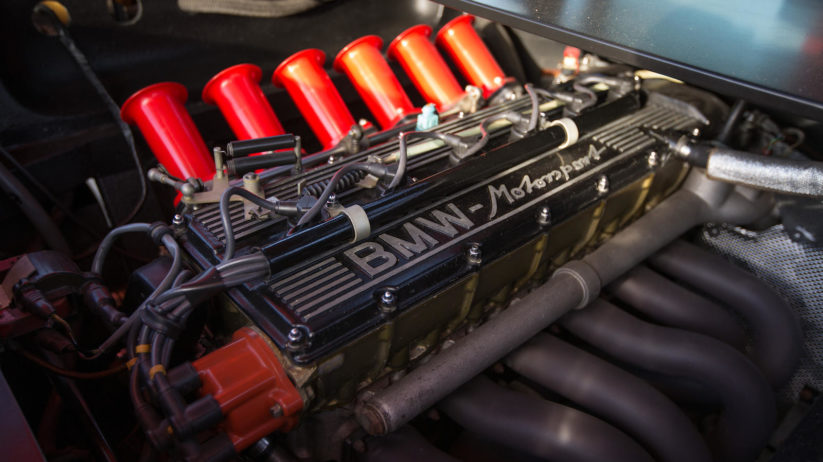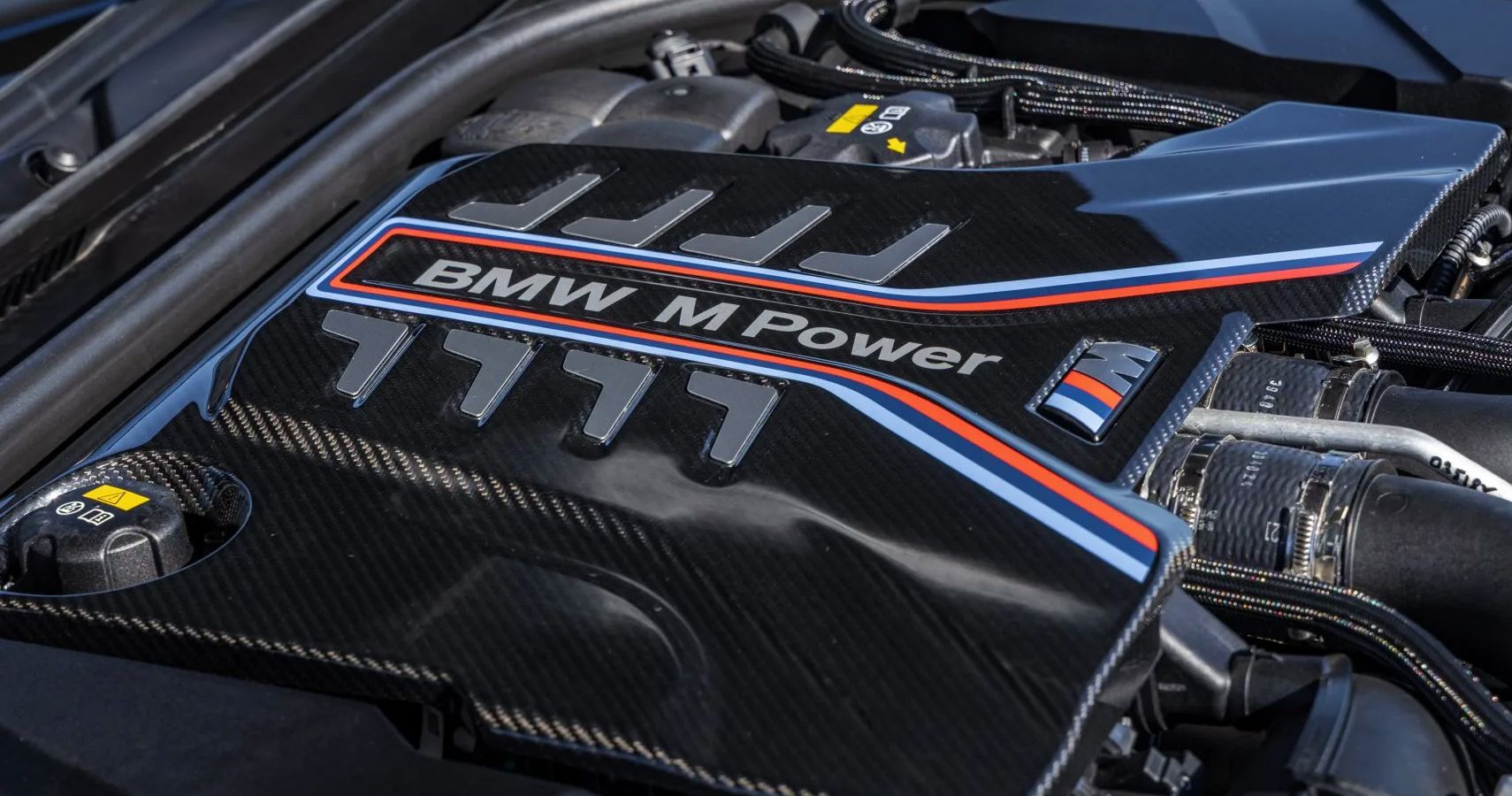A Comprehensive Overview to Recognizing BMW Engine Specifications
A Comprehensive Overview to Recognizing BMW Engine Specifications
Blog Article
Checking Out the Development of Combustion Engines in Modern Transportation Solutions
As we navigate the landscape of modern transport, the development of combustion engines stands as a testimony to human ingenuity and engineering expertise. The interplay of background, innovation, and environmental concerns in forming the trajectory of combustion engines develops a story that is both insightful and engaging.
Early Beginnings of Combustion Engines
How did the principle of combustion engines first arise in the beginning of transportation growth? The roots of burning engines can be traced back to the 17th century when the concepts of interior combustion were very first explored. In 1673, Christian Huygens conceived a basic inner combustion engine that utilized gunpowder to generate power. It wasn't up until the late 19th century that practical applications of burning engines in transport began to arise.
The advancement moment included the innovation of the very first successful gasoline-powered engine by Karl Benz in 1885 - bmw engine. This engine led the way for the growth of the contemporary automobile, revolutionizing transport systems worldwide. Succeeding developments by Nikolaus Otto and Gottlieb Daimler better refined combustion engine technology, causing the mass production of autos and the quick growth of the transport sector
These very early burning engines were identified by their simpleness and performance, laying the structure for the facility and effective engines made use of in modern-day transport systems. The advancement of burning engines has been critical in forming the method we travel and transfer goods, marking a significant landmark in the background of transport advancement.
Shift to Internal Burning Modern Technology
The shift to interior combustion modern technology noted an essential shift in the evolution of transport systems. This change began in the late 19th century, with inventors like Nikolaus Otto and Gottlieb Daimler creating the initial successful internal burning engines. These engines reinvented transportation by offering an extra effective and effective option to steam engines and electrical motors.
One of the key benefits of interior burning engines was their capability to be scaled down to match lorries, causing the development of motorcycles and autos. This shift from cumbersome, stationary engines to portable, mobile ones led the way for the modern-day transportation systems we see today.
The transition to inner combustion technology likewise stimulated improvements in fuel innovation, leading to the growth of gas and diesel as primary fuel resources for cars. This change not only made transportation extra easily accessible to the masses but likewise laid the structure for the oil and gas industry to end up being indispensable to worldwide economic situations.
Impact of Combustion Engines on Transportation
The fostering of combustion engines in transportation systems militarized an extensive shift in the effectiveness and rate of worldwide mobility. Combustion engines changed transportation by giving a reputable and functional source of power for different lorries, including automobiles, airplanes, trucks, and ships. This advancement dramatically boosted the ability for goods and people to conform fars away in much shorter amount of time, resulting in enhanced connection in between regions and countries.
In addition, the prevalent use burning engines has had a substantial effect on financial growth. The capacity to transport goods efficiently has actually stimulated profession and commerce, enabling companies to expand their markets and reach customers worldwide. This has actually assisted in economic growth and globalization, as products can currently be moved much faster and in bigger quantities than ever.
However, the ecological influence of combustion engines can not be neglected. The combustion of fossil gas has actually resulted in air pollution and greenhouse gas exhausts, contributing to environment modification and positioning health threats to populaces. bmw engine. As a result, there is an expanding focus on developing alternative propulsion modern technologies to reduce these negative results and produce a more lasting future for transportation
Innovations in Burning Engine Design
Countless improvements in combustion engine layout have propelled the advancement of transportation systems over the years. One noteworthy innovation is the advancement of turbocharged engines, which use exhaust gases to drive a generator that compresses inbound air, enabling even more fuel to be scorched, resulting in boosted power outcome without a substantial rise in engine size. In addition, straight injection technology has improved fuel performance and performance by specifically regulating the quantity and timing of fuel infused right into the combustion chamber. Variable shutoff timing systems have likewise here are the findings revolutionized engine design by enhancing air movement at different engine rates, boosting both power and efficiency. One more substantial development is the combination of light-weight materials such as carbon fiber and aluminum alloys, minimizing total engine weight and improving automobile gas economy. Advancements in computer-aided design have a peek here have allowed engineers to enhance engine efficiency and performance via simulations prior to physical models are constructed, conserving time and sources in the growth procedure. These technologies jointly add to the continuous improvement of combustion engines in modern transportation systems.
Future Trends in Combustion Engine Development
With innovation innovations driving continual advancement, the future of combustion engine growth is positioned to transform transportation systems around the world. Among the essential fads in burning engine development is the press in the direction of greater performance and minimized emissions. Suppliers are investing greatly in r & d to boost engine performance while fulfilling strict ecological policies. This consists of the combination of advanced gas injection systems, enhanced turbocharging approaches, and using lightweight materials to maximize fuel intake and reduce carbon exhausts.
An additional popular pattern is the fostering of hybrid innovations in burning engines. Crossbreed engines combine conventional burning modern technology with electric power, providing enhanced gas efficiency and lower discharges. As the vehicle sector changes towards electrification, hybrid combustion engines are seen as a transitional option that links the void between see this website conventional cars and completely electrical ones.
In addition, the integration of smart technologies, such as synthetic knowledge and information analytics, is anticipated to play a substantial duty in the future of burning engine growth. These modern technologies can maximize engine efficiency in real-time, leading to more efficient combustion procedures and enhanced total vehicle performance. Welcoming these future fads will certainly not just drive technology in burning engine growth however likewise add to a much more environmentally pleasant and lasting transport environment.

Final Thought
In conclusion, the evolution of burning engines in contemporary transportation systems has been noted by considerable developments in technology and layout. From the very early beginnings of burning engines to the shift to interior combustion modern technology, these engines have had a profound influence on transportation.
The roots of burning engines can be traced back to the 17th century when the concepts of interior combustion were initial checked out. These engines revolutionized transport by providing a more reliable and powerful option to heavy steam engines and electrical motors.

Report this page